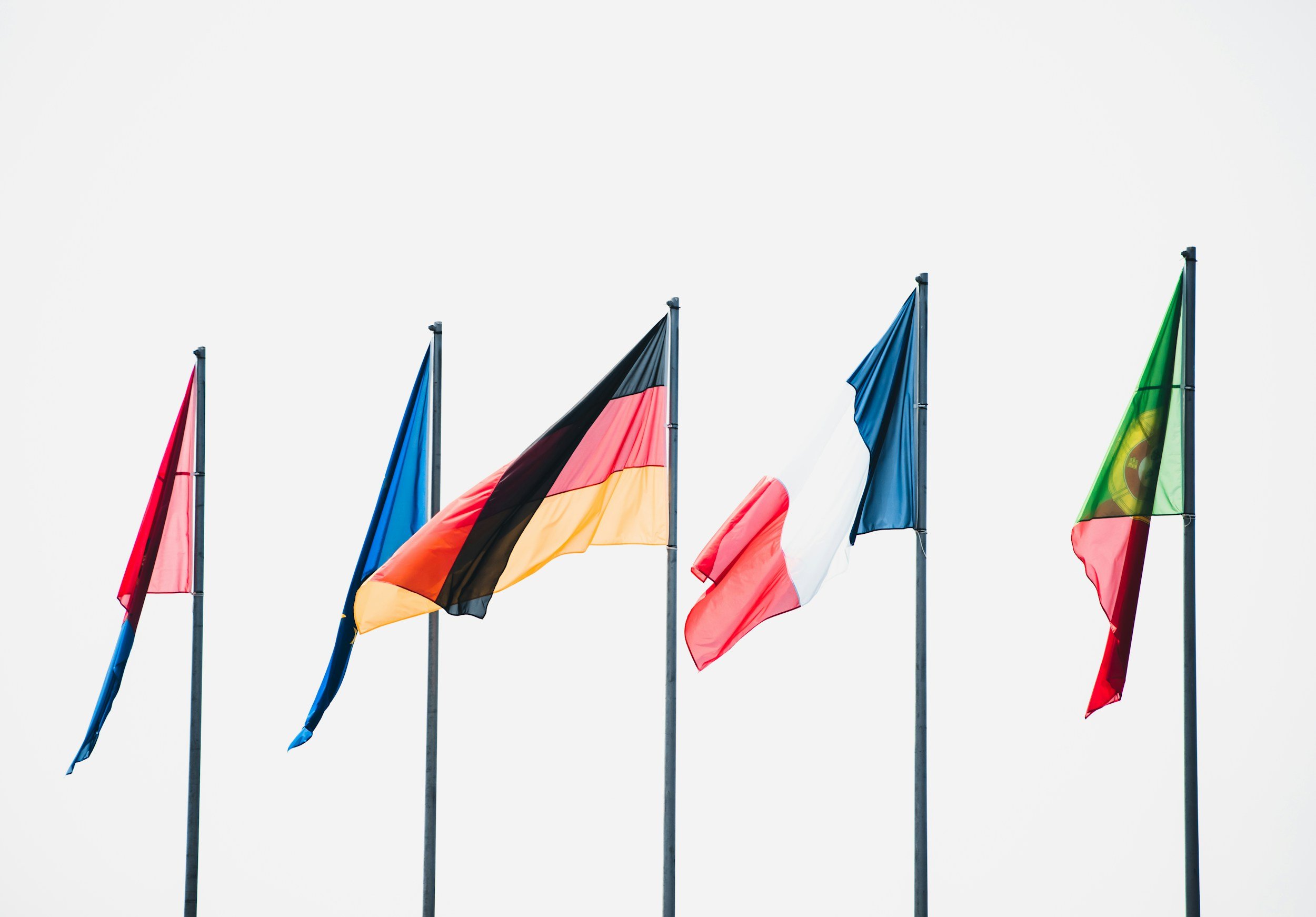7 International Marketing Challenges
Key Takeaways
International marketing demands careful localisation. Beyond translation, brands must adapt tone, visuals and messaging to cultural norms, regulations and consumer behaviours, avoiding missteps that could damage credibility.
Global expansion brings operational and financial challenges. Supply chains, logistics and fluctuating exchange rates can impact delivery and pricing, so reliable partners and contingency planning are essential for long-term success.
Building trust in new markets takes time and strategy. Multi-channel campaigns tailored to local digital habits, competitor landscapes and cultural expectations are key to establishing credibility and securing brand recognition abroad.
Marketing your brand to a global audience is a great aspiration shared by millions of ambitious, fast-growing businesses with something unique, fresh and exciting to offer. However, rolling out a marketing campaign designed for the UK market isn't sufficient since the audience, consumer market, regulations and demographics in your chosen target country – or for an international audience – will directly impact the types of campaigns you design and how you roll them out.
In this guide, One Day International Marketing Agency discusses the seven most prevalent challenges for businesses working towards a globalisation strategy and why localisation is key to success.
International Campaign - Japan Tokyo - Colt Technologies.
Globalisation vs Localisation in International Marketing
We'll pause to clarify these two phrases since they are relevant to any international marketing campaign, whether you're hoping to gain market share in one or two countries, across a continent, or worldwide.
In an increasingly connected world, globalisation is a natural evolution where resources, products and brands become available within multiple countries. That often means brands introduce tailored marketing strategies for each audience but carve out a space within the international market by making their product or service appeal to various consumer groups.
Think of global brands like Facebook, Coca-Cola and Apple – all are great examples of brands that have achieved globalisation and are well-known in every corner of the planet.
Localisation is the opposite concept but is equally fundamental to successful international marketing. It means that a brand adapts and strategically customises its content, marketing and even product to each audience based on variables such as culture, language and consumer behaviours.
As we work through these challenges it'll quickly be apparent why a grasp of localisation – and its role in a globalisation strategy – is so vital.
1. Understanding Cultural Diversity
The first challenge is perhaps the most obvious. Depending on where you intend to market your business, you need to engage with your target audience and communicate your values, offer and narrative in a language, tone and style that is accessible, familiar and carries no negative connotations.
Many businesses assume that international marketing relies on accurate translations, but grasping cultural norms and expectations goes far beyond language.
For example, colours like white and black represent different things – in some countries, a brand with a black background image might be considered bad luck or a symbol of death and mourning. The mobile company Orange made a well-known error when it launched in Northern Ireland – invoking outrage due to the political connotations of its trademark colour.
International marketing requires in-depth research and, ideally, an on-the-ground understanding of nuances, cultural differences and societal expectations that will influence the style, tone and even colour palette of your marketing activities.
2. Complying With Variable Regulatory Requirements
Our next issue is regulatory compliance, where every UK business planning to market its products or services overseas needs to know how local legislation, regulations and restrictions may apply to where why and to whom they advertise.
This area has a huge scope, covering tax laws, import duties, advertising legislation and intellectual property rights, among many others. Consulting a marketing specialist and constructing a strategy based on research is essential to avoid any pitfalls that could have been avoided.
For instance, did you know that wearing khaki clothing is illegal in Barbados, that chewing gum is banned in Singapore or that Sweden prohibits any advertising targeted at children under 12? Getting to grips with these restrictions is hugely important.
3. Shifting Competitor Landscapes
Even the best-established household name brand in the UK may be unheard of in another country, and it's always wise to research the competitive environment before making any final decisions. It may also be that there isn't consumer demand for a product in some countries or regions.
However, with sufficient due diligence, brands can uncover remarkable opportunities where a product or service is hard to come by or doesn’t exist in another place - without any dominant competitors.
Foreign markets may differ substantially from the UK sector you trade in, so we recommend analysing the competition and any gaps in the market to compare international marketing locations.
4. Managing Supply Chains and Logistics
Postal services, international shipping and supply chains are integral to launching a brand internationally or within any country where you don't have an existing base. Many businesses find that sourcing raw materials, maintaining profit margins or meeting delivery deadline guarantees is complex.
Setting up a solid, reliable supply chain with backup vendors or sourcing options works well and avoids stumbling blocks where production or customer service doesn't meet expectations.
5. Variations in Currency Exchange Rates
Currencies are, of course, an important factor when designing an international marketing campaign. As part of the localisation approach we've discussed, advertising must be in the correct currency to ensure the audience perceives it as trustworthy and credible.
Businesses may also need to consider the financial risks of changing currency exchange rates and whether marketing a product based on a price proposition will be an effective long-term strategy if they manufacture or purchase materials in their home country.
6. Establishing Trust and Credibility
Linking back to competitor research, the underlying aim of a new international marketing campaign is to establish trust, positioning your brand as one that customers know, can remember, and would consider a viable purchasing option.
This element is where multi-channel, professional marketing can make a profound impact, using storytelling, consistency and cohesive graphics and communications to cement a place in a new market and have the standing to compete with existing businesses.
Building a positive reputation takes time, but by focusing on credibility and ensuring your marketing is culturally sensitive and tailored to your target viewer, you can establish your business and secure access to a high-return market.
7. Different Digital Marketing Opportunities
Our final challenge is digital marketing, which plays a big part in reaching and engaging with an international audience. Businesses commonly use digital marketing heavily in initial campaigns since it provides a cost-effective and accessible way to interact with new audiences and introduce a brand into a new jurisdiction.
However, as with every challenge mentioned here, research is pivotal. For instance, a digital marketing campaign, including social media promotions and PPC-targeted ads, may look very different from one country to the next.
Although Facebook is still the most-used social media platform in the US, UK and Australia, it is banned in China. In Japan, Facebook exists, but it is the fourth most popular channel behind LINE, X, and Instagram, so replicating a campaign that worked perfectly in Britain may not generate the same results.
Understanding these challenges and deciding how best to address them head-on will ensure your international marketing campaign has the greatest chance of success. You can see examples of our international marketing campaigns here.












